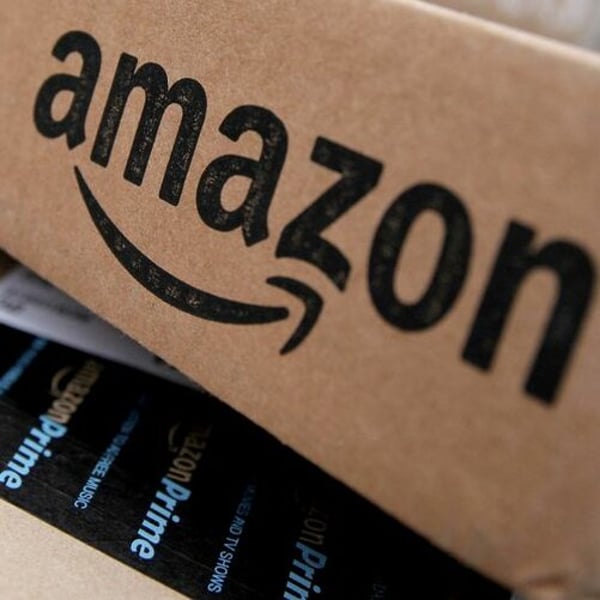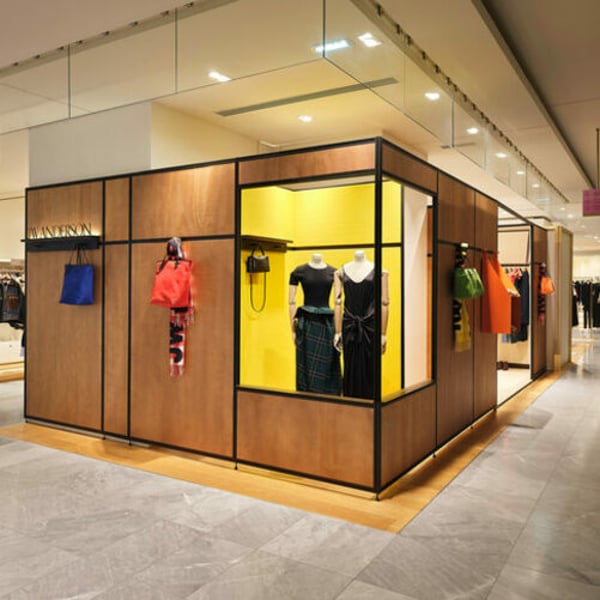The gross profit for the group amounted to SEK 30,143 million (~3.21 billion), which corresponds to a gross margin of 52.9 per cent from 51.1 in Q3 last year. The selling and administrative expenses decreased by 5 per cent to SEK 25,167 million. In local currencies these expenses decreased by 1 per cent.
H&M has reported an increase of 2 per cent sales in Q3 2025 despite fewer stores, with gross margin rising to 52.9 per cent and operating profit surging 40 per cent to SEK 4,914 million (~524 million).
Nine-month sales also grew 2 per cent in local currencies.
The retailer is pushing omnichannel growth, closing 200 stores but opening 80 in growth markets, expanding in Latin America.
An improved customer offering, an improved gross margin and good cost control have contributed to the increase in profit in the quarter. The online segment remained just over 30 per cent of sales; portfolio brands grew 1 per cent in local currencies despite ~10 per cent fewer stores, H&M said in a press release.
Regionally in local currencies: Western, Southern and Eastern Europe grew ~3 per cent; the Nordics were flat; North & South America grew 1 per cent; and Asia, Oceania and Africa declined 2 per cent. The group continued optimising its footprint, ending with 4,118 stores (-180 YoY; net -48 in Q3).
“Through a stronger customer offering, an improved gross margin and good cost control, we have strengthened operating profit compared with the same quarter last year. The increase in profit shows that we are on the right track as a result of the progress we have made in our plan,” said Daniel Erver, CEO at H&M.
For the nine months (9M) period (December 1, 2024–August 31, 2025), sales in local currencies rose 2 per cent to SEK 169,064 million (~$18 billion). The gross profit reached SEK 88,737 million (~9.45 billion) with a 52.5 per cent margin. The selling and administrative expenses in 9M period were SEK 76,594 million, flat in local currencies. The operating profit was SEK 12,031 million, for a 7.1 per cent margin.
H&M is focusing on growing through an omnichannel strategy, giving customers the choice to shop in stores, online, on marketplaces, or through social media. The company is investing in both physical and digital stores, upgrading layouts, presentation, and technology to improve the shopping experience. While more than 200 underperforming stores—mainly in established markets and including many Monki stores—will close in 2025, over 80 new stores are planned, mostly in growth markets, with some Monki stores being converted to Weekday, added the release.
In August, the company opened its first store and online channel in Brazil, with more stores coming in 2025 and 2026, including one in Rio de Janeiro. Similarly, El Salvador opened in September, Venezuela will follow in Q4 2025, Paraguay in 2026, and Malta in early 2026. Other brand moves include Arket joining South Korea’s 29CM.com, & Other Stories and Arket launching on Zalando in October 2025, and COS opening its first store in India later this year.
By August 31, 2025, H&M had 4,118 stores, down 180 from last year, with 36 new openings and 171 closures so far in 2025, and 253 stores operated by franchise partners.
“With the H&M brand’s global strength and a locally relevant customer offering, we have taken an important step into a large fashion market. We see good potential to grow both in Brazil and elsewhere in Latin America,” added Erver.
For Q4 2025, external factors are expected to have a somewhat positive effect compared with last year, though less favourable than in Q3, as tariff costs will weigh more heavily. The cost of markdowns as a share of sales is expected to be slightly higher since Black Friday falls one day earlier. September sales in local currencies are anticipated to be on par with last year’s high base.
Fibre2Fashion News Desk (SG)


